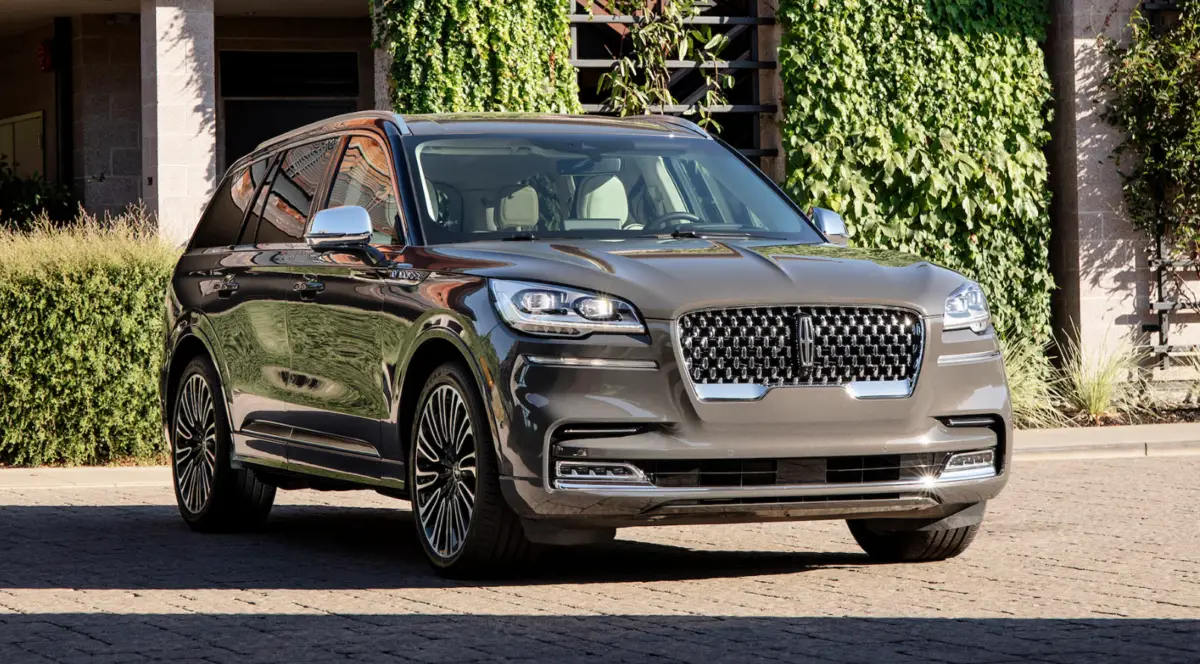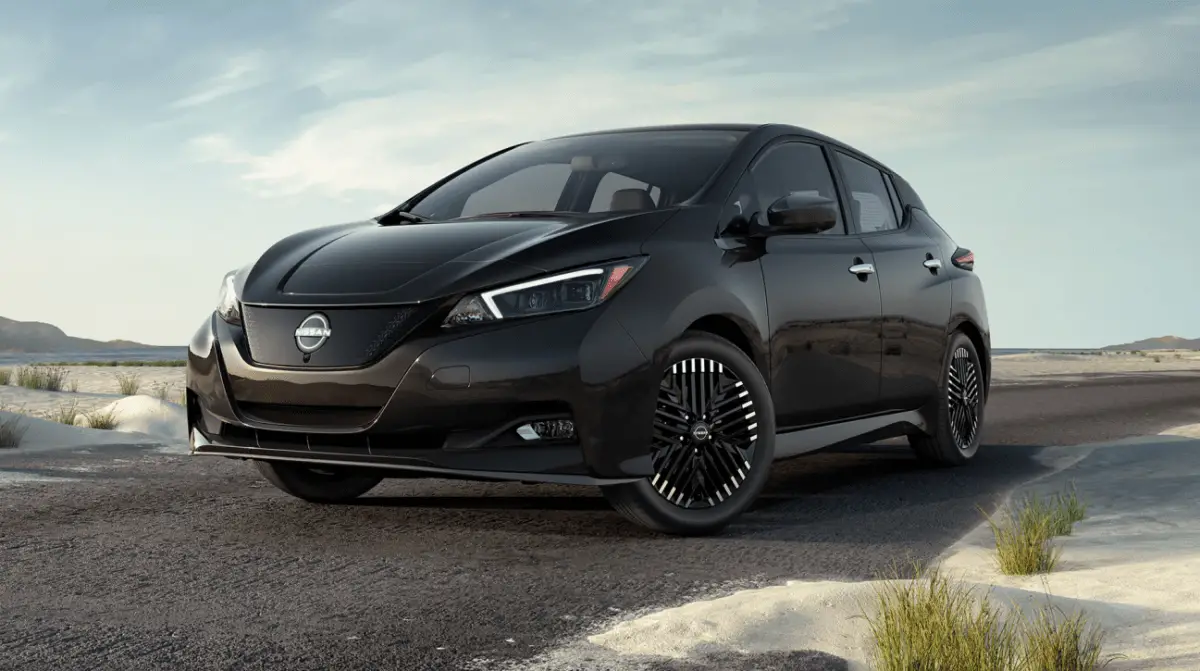2024 Lincoln Aviator Smart Keys User Manual With the 2024 Lincoln Aviator Smart Keys, you may unlock the future of automobile convenience—a place where refinement and technology collide in the palm of your hand. These elegant and sophisticated keys effortlessly integrate with the Aviator’s cutting-edge technologies to enhance every part of the driving experience. They’re […]


